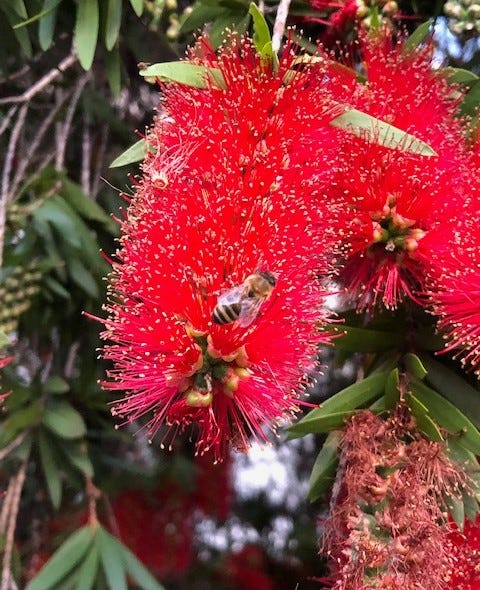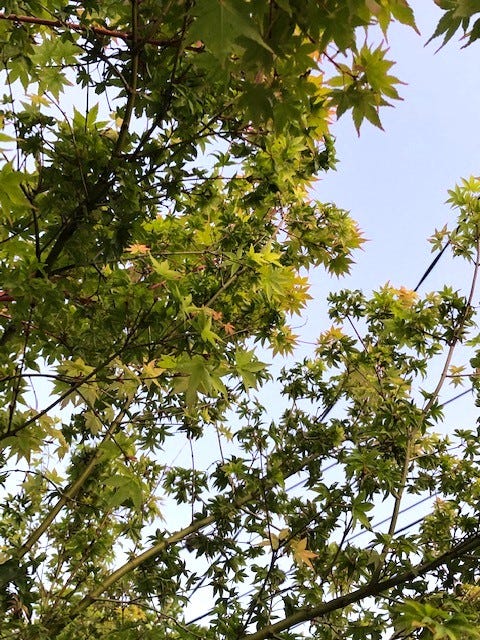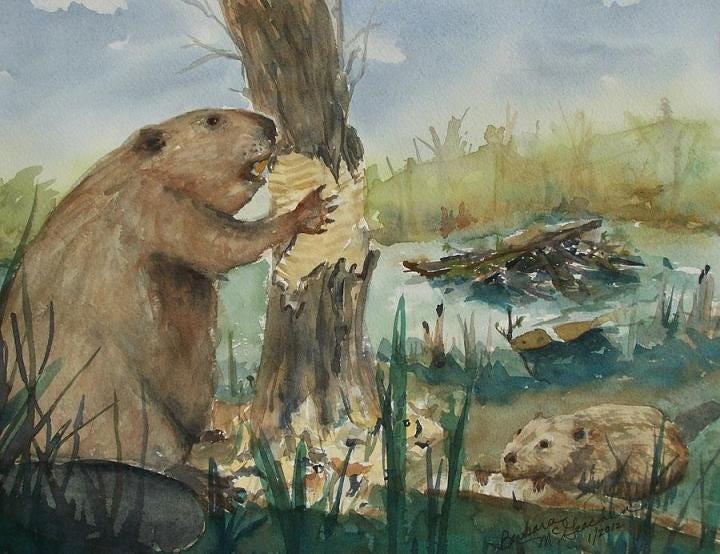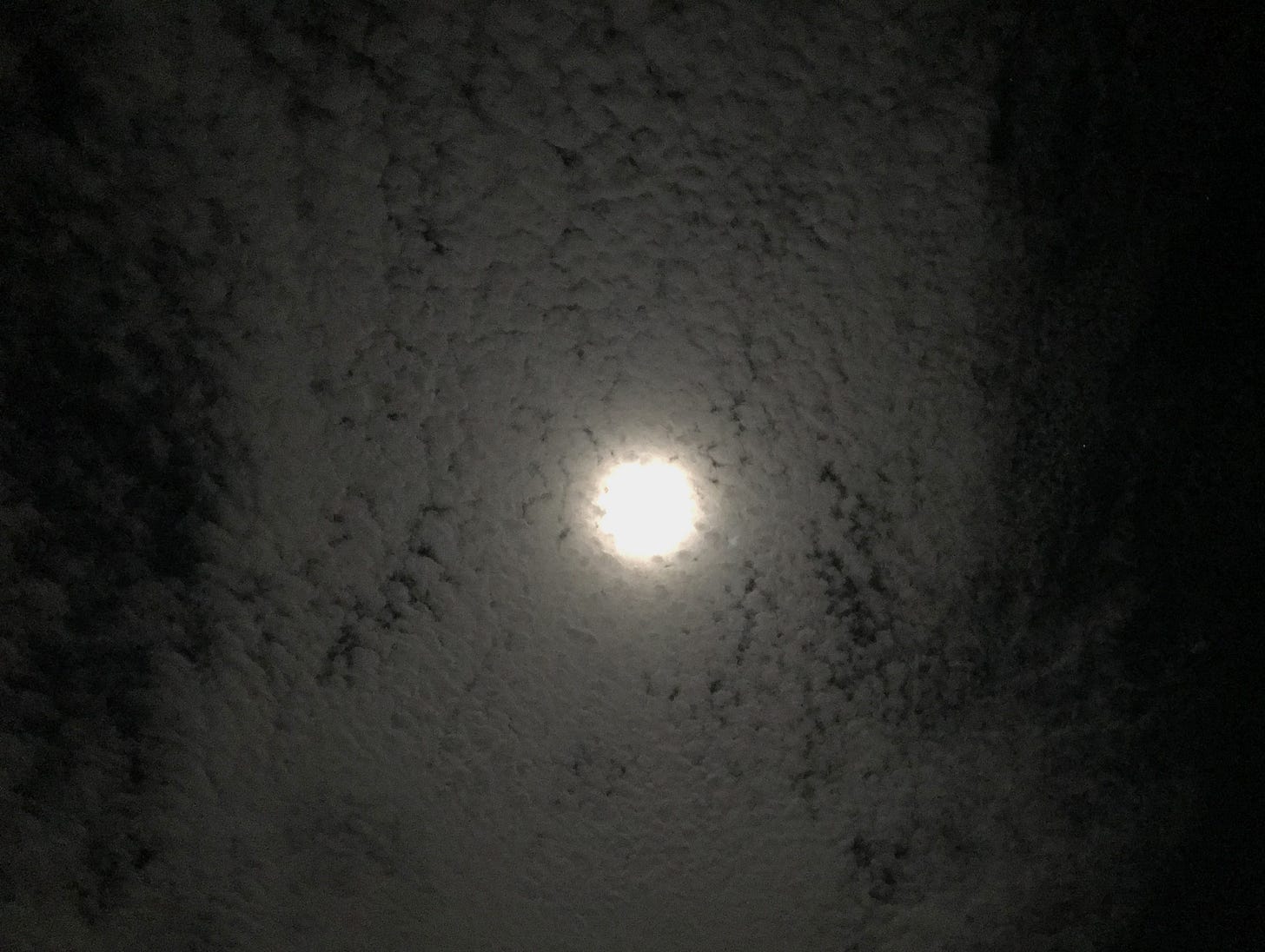Full Moon And Lunar Eclipse Today
Look Up 8 November 2022
Woke up this morning with the blackbirds crowing and the orange sunrise filling the sky.
Bees buzzing and plants reaching towards the sky.
It was a fabulous way to begin what feels like a new morning.
A New Morning. A Full Moon tonight. The last one we will see in Australia until 2025.
Native Americans kept track of time by the moon and the seasons.
In the Northern Hemisphere, as opposed to here in Australia, winter is approaching. This moon has a number of names.
You will hear it called The Beaver Moon. The time of year when this animal sets up a shelter for the cold months ahead.
November’s Moon names highlight the actions of animals preparing for winter and the onset of the colder days ahead. Digging (or Scratching) Moon, a Tlingit name, evokes the image of animals foraging for fallen nuts and shoots of green foliage, and of bears digging their winter dens. The Dakota and Lakota term Deer Rutting Moon refers to the time when deer are seeking out mates and the Algonquin Whitefish Moon describes the spawning time for this fish.
In reference to the seasonal change of November, this Moon has been called the Frost Moon by the Cree and Assiniboine peoples and the Freezing Moon by the Anishinaabe—for good reason, as winter is right around the corner.
The moon is a celestial wonder. You did not need me to tell you that.
The Meriam People from The Torres Strait Islands tell this story of the moon.
So, wherever you are in the world, check to see if you can see this Eclipse. The Blood Red Moon. The Beaver Moon. The Lady In The Moon.
One Love







